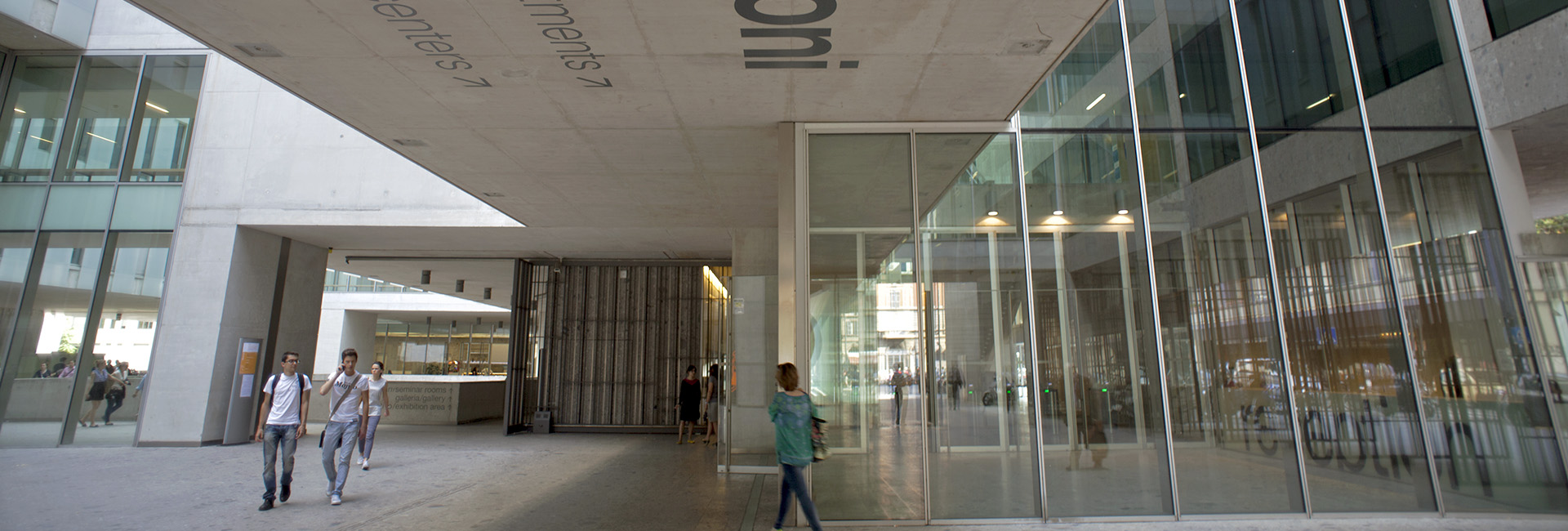30062 - MATEMATICA - MODULO 1 (GENERALE) / MATHEMATICS - MODULE 1 (GENERAL)
CLEAM - CLEF - BESS-CLES - BIEMF
For the instruction language of the course see class group/s below
Classe 1: GABRIELE GURIOLI, Classe 2: FRANCESCA SIANESI, Classe 3: ELISA CAPRARI, Classe 4: GIANPAOLO MONTI, Classe 5: MATTEO ROCCA, Classe 6: GIOVANNI CRESPI, Classe 7: MICHELE IMPEDOVO, Classe 8: EMANUELA VALAPERTA, Classe 9: MAURO D'AMICO, Classe 10: MARGHERITA CIGOLA, Classe 11: ANGELO GUERRAGGIO, Classe 14: MASSIMO MARINACCI, Classe 15: FABIO TONOLI
Classe/i impartita/e in lingua italiana
Il corso si propone di fornire agli studenti gli strumenti analitici di base per affrontare quantitativamente lo studio di problemi economici e aziendali.
-
Funzioni. Funzioni reali di una variabile reale e loro rappresentazione grafica. Monotonia, convessita'. Massimi e minimi. Proprieta' locali.
-
Rudimenti di calcolo differenziale in una e più variabili.
-
Successioni. Limiti di successioni; successioni convergenti, divergenti, irregolari.
-
Limiti di funzioni, asintoti. Calcolo dei limiti. Funzioni continue e loro proprieta'.
-
Calcolo differenziale. Rapporti incrementali, derivate e differenziali. Regole di derivazione. Elasticita'. Formula di Taylor. Applicazioni del calcolo differenziale: ricerca di massimi e minimi, studio del grafico di una funzione.
-
Calcolo integrale. Primitive, integrale indefinito. Metodi di integrazione. Integrale definito, teorema fondamentale del calcolo. Integrali generalizzati.
-
Vettori e matrici. Operazioni tra vettori, combinazioni lineari, dipendenza lineare. Sottospazi, basi e dimensione. Operazioni tra matrici, determinante, matrice inversa, rango.
-
Sistemi lineari e funzioni lineari. Esistenza delle soluzioni: teorema di Rouché-Capelli. Risoluzione dei sistemi lineari: teorema di Cramer e sua generalizzazione. Sistemi omogenei e struttura delle soluzioni. Funzioni lineari, teorema di rappresentazione.
Esame in forma scritta.
È possibile sostenere l'esame in due prove intermedie scritte, a meta' corso e a fine corso. In questo caso, l'esame si considera superato se e solo se la media dei voti conseguiti nelle prove intermedie è sufficiente.
- L. PECCATI, S. SALSA, A. SQUELLATI, Matematica per l'Economia e l'Azienda, Milano, Egea, 2004.
Class 16: FEDERICO MARIO GIOVANNI VEGNI, Class 17: GUIDO OSIMO, Class 18: JOSHUA BENJAMIN MILLER
Class group/s taught in English
-
Functions. Real functions of one real variable and their graphical representation. Monotonicity, convexity. Local properties.
-
Rudiments of differential calculus of one and several variables.
-
Sequences. Limits of sequences; convergent, divergent, irregular sequences.
-
Limits of functions, asymptotes. Calculation of limits. Continuous functions and their properties.
-
Differential calculus. Difference quotients, derivatives, and differentials. Differentiation rules. Elasticity, semielasticity. Taylor formula. Applications of differential calculus: search for maxima and minima, study of the graph of a function.
-
Integral calculus. Antiderivatives, indefinite integral. Integration methods. Definite integral, fundamental theorem of calculus. Improper integrals.
-
Vectors and matrices. Vector operations, linear combinations, linear dependence. Subspaces, bases and dimension. Matrix operations, determinant, inverse matrix, rank.
-
Linear systems and linear functions. Existence of solutions: Rouché-Capelli theorem. Solution of linear systems: Cramer theorem and its generalization. Homogenous systems and structure of solutions. Linear functions, representation theorem.
There is a written exam and optional oral exam. Students may sit two written exams, one at midterm and one at the end of the course. If the grade of the written exam (or the average of the midterm and final exams) is higher or equal to 18, students may register it or take the oral exam. The oral exams consist of three questions related to the entire course.
- L. PECCATI, S. SALSA, A. SQUELLATI, Matematics for Economics and Business, Milano, Egea, 2008.





